The prolonged low price of beef over the past year has caused difficulties for cattle farmers, many of whom have had to reduce their herds and wait for the market to recover.
With nearly 4 years of experience in fattening cows, Mr. Nguyen Van Sau in An Phu commune (Tuy Hoa city) recently had to temporarily stop raising cows, only raising 2 breeding cows.
Mr. Sau said: Currently, the selling price of live cattle is only about 75,000 VND/kg, while the cost of fattening is quite expensive. On average, each fattened cow will eat 4kg of mixed feed and about 35kg of fresh grass per day. After 3 months, each cow will gain about 50kg of meat, equivalent to 4 million VND.
On average, the monthly cost is more than 1 million VND/cow, while the initial investment cost to buy a cow is large, the risk is high, the cost to care for and fatten the cow also costs a lot of money such as deworming medicine, vaccination, mixed feed, minerals, vitamins, straw grass...
According to Mr. Sau, last year, when the price of cows was still high, after 3 months of fattening, 1 cow brought a profit of about 5 million VND, but now it is only enough to cover the cost of labor.
The low price of live cattle has not only made it difficult for those who specialize in raising fattening cattle but also those who raise beef and breeding cattle. Ms. Nguyen Thi Tam in Hoa Thang commune (Phu Hoa district) said: Previously, each 6-month-old BBB or Limousin crossbred calf was usually sold for 20-25 million VND, but now it is only 15-17 million VND.
Similarly, each beef cow after 1.5-2 years of raising can be sold for only 32-37 million VND, a decrease of tens of millions of VND compared to the beginning of last year. Therefore, after this batch, my family will sell some, keeping only 3 breeding cows to take advantage of grass and straw from rice cultivation, as savings.
Faced with the current prolonged decline in beef prices, many cattle farmers are choosing to reduce their herds and stop fattening them because they do not have adequate profits. In addition, many people are negligent in caring for and preventing diseases in their herds, making the risk level even higher.
According to Mr. Nguyen Van Lam, Head of the Provincial Department of Animal Husbandry and Veterinary Medicine, the total herd of cattle in the province is currently about 164,300, down 2.4% over the same period. Given the difficulties in raising cattle, farmers need to increase the use of agricultural by-products as feed for cattle to reduce costs, while actively preventing diseases to minimize risks and losses.
LARGE NIGHT
Source






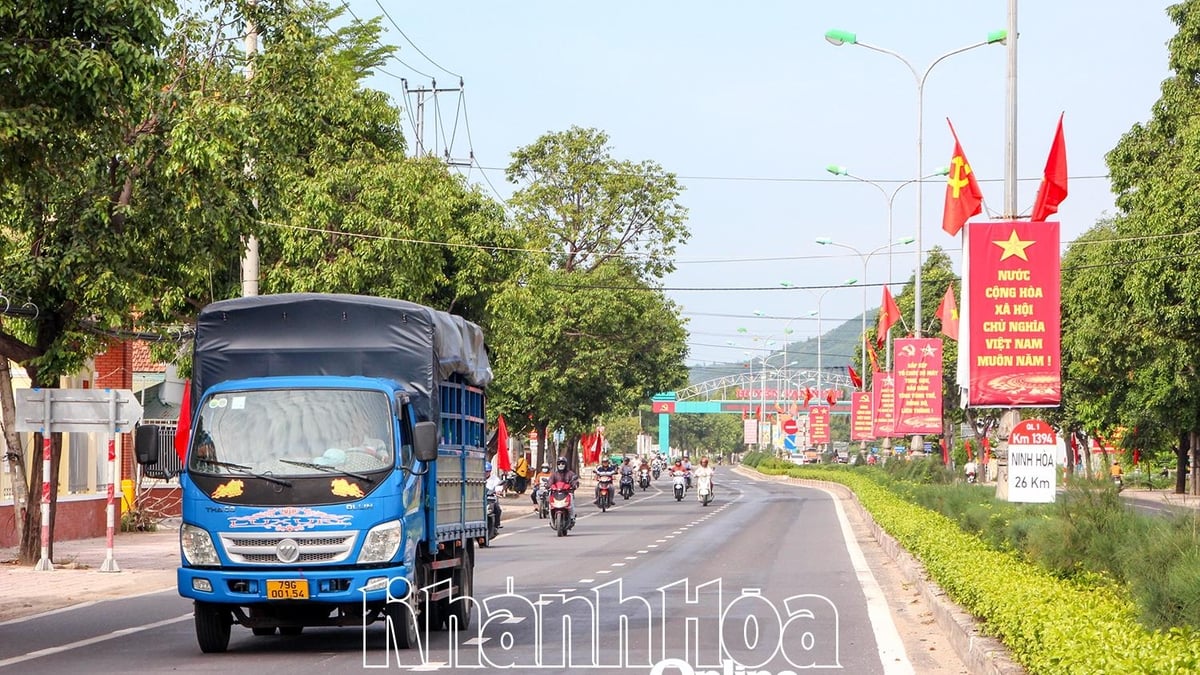
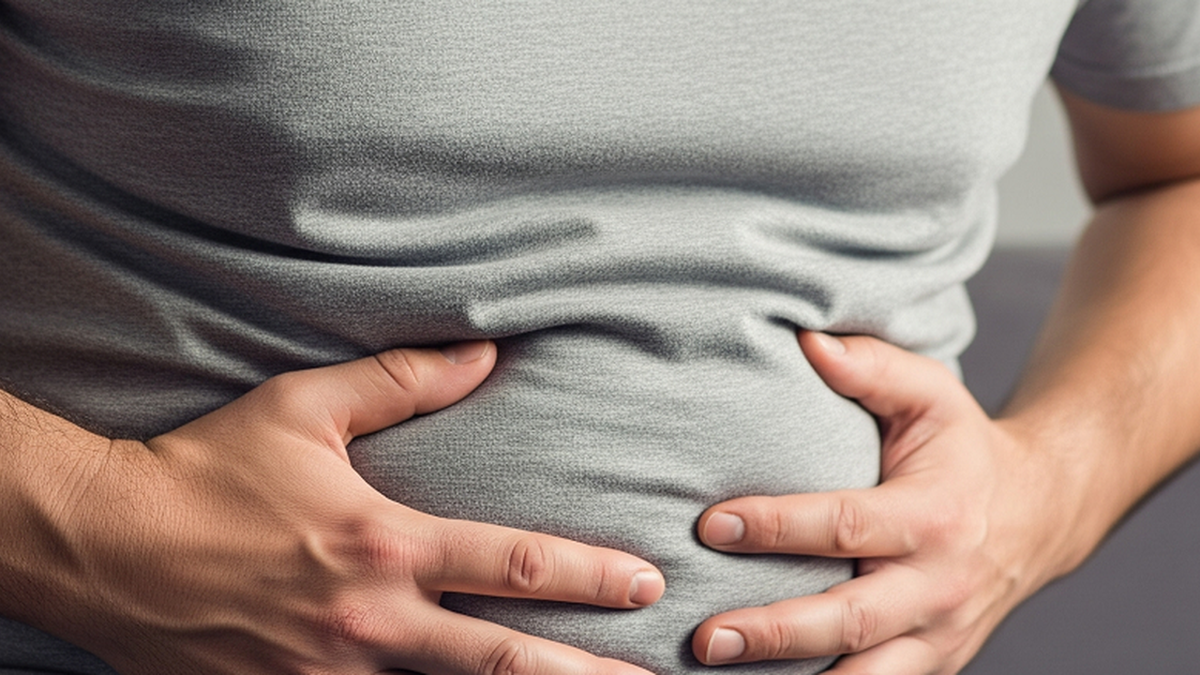
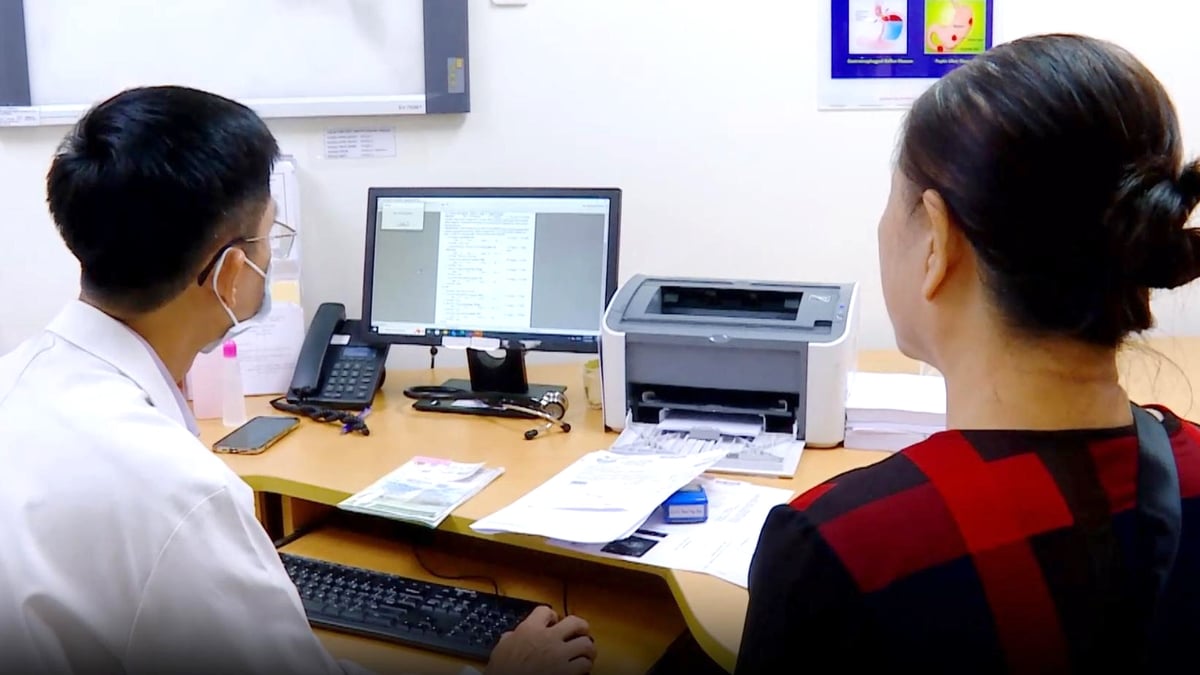

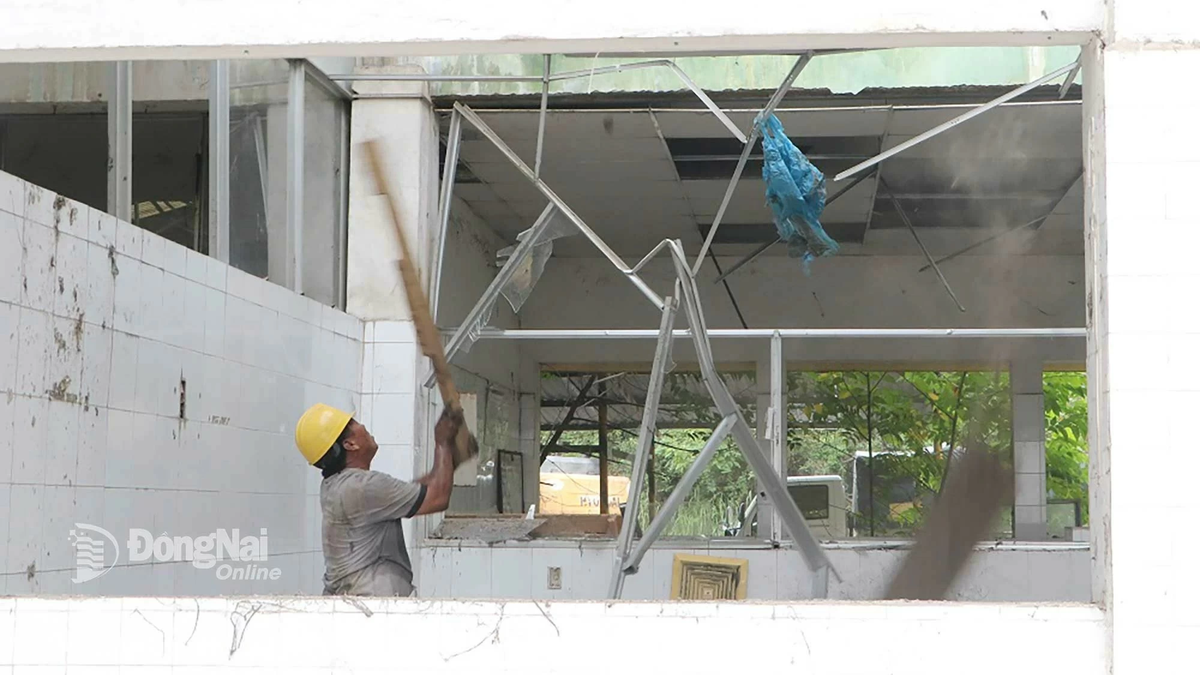
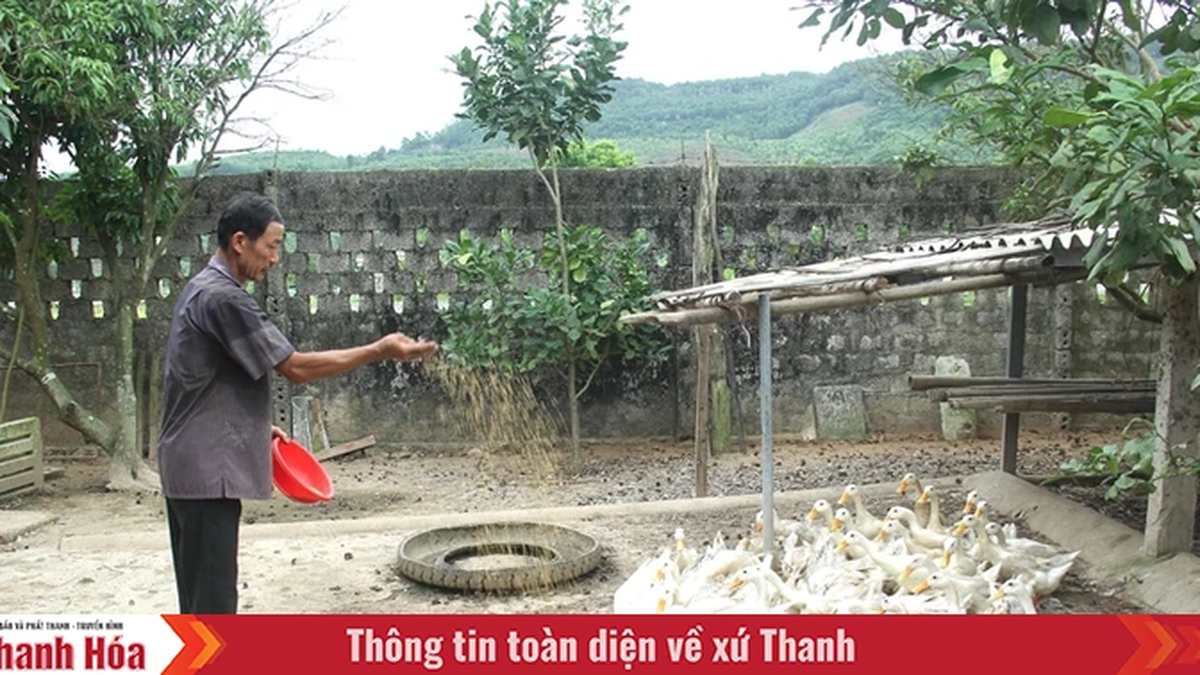











































![[Maritime News] Container shipping faces overcapacity that will last until 2028](https://vphoto.vietnam.vn/thumb/402x226/vietnam/resource/IMAGE/2025/7/30/6d35cbc6b0f643fd97f8aa2e9bc87aea)










































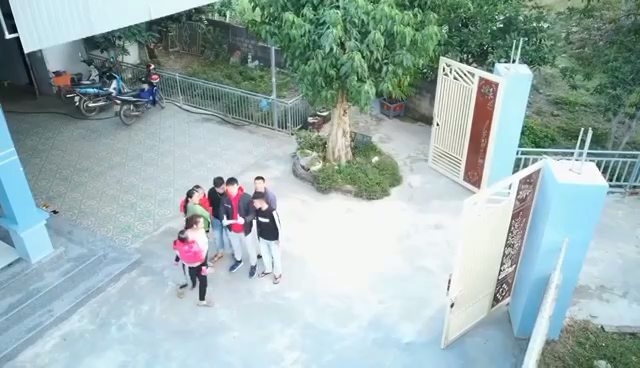


Comment (0)